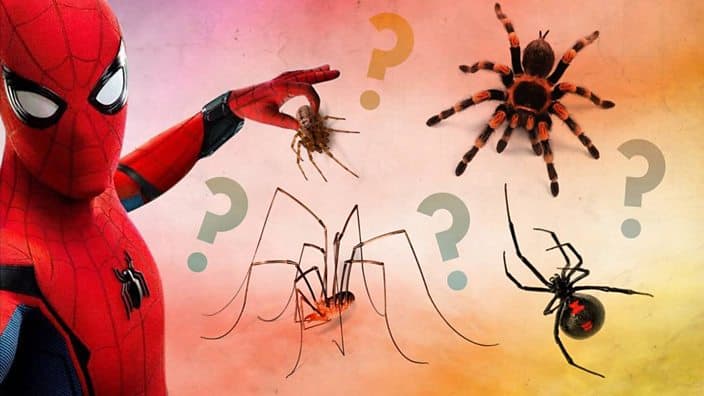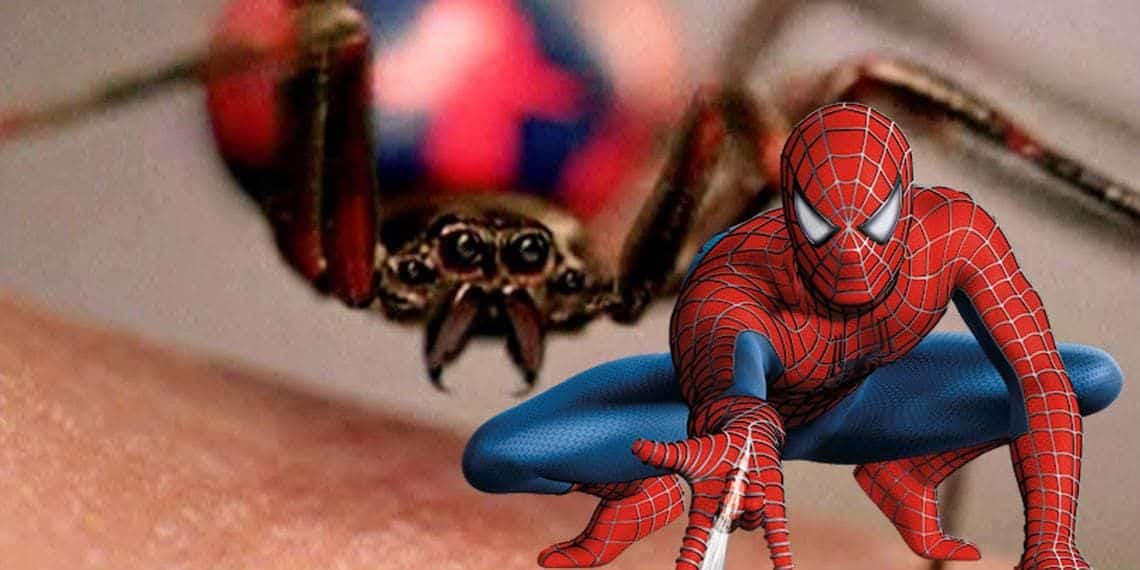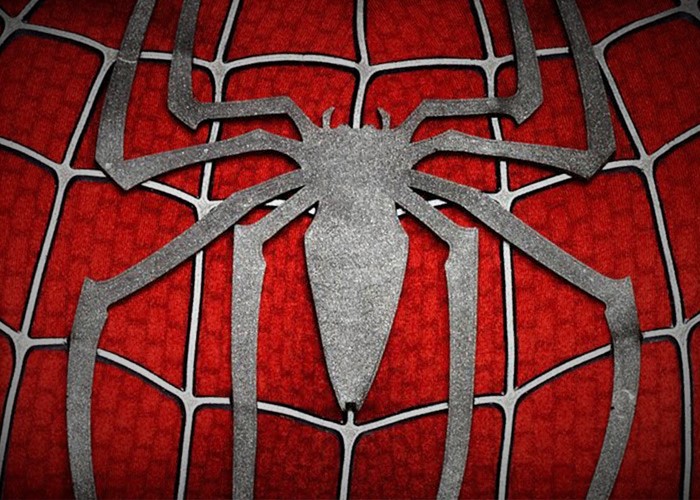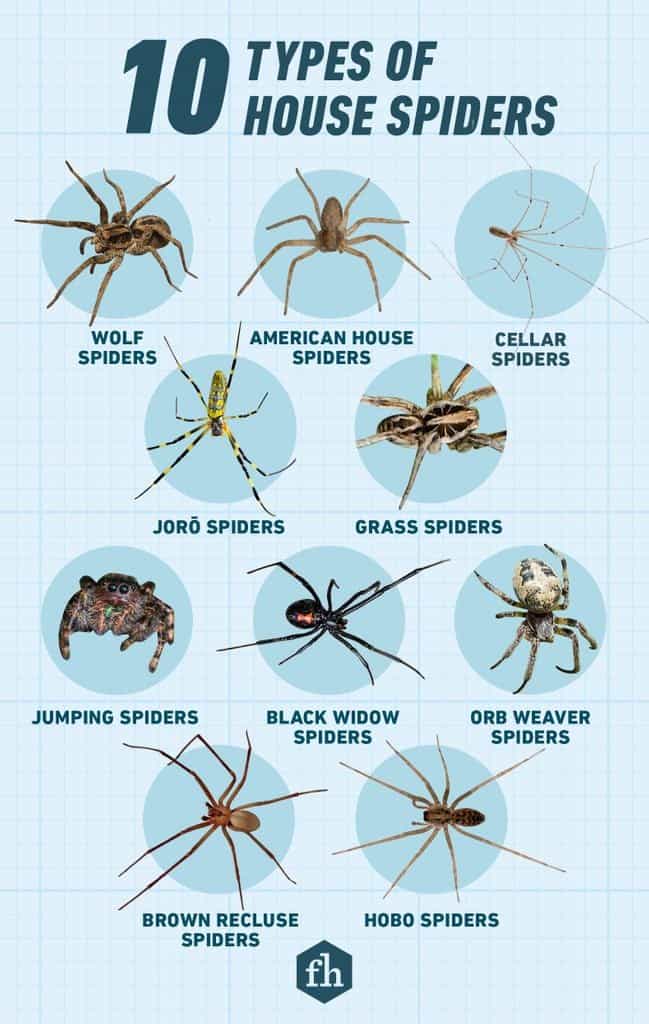The iconic origin story of Spider-Man has captured the imagination of comic book fans for decades. When high school student Peter Parker was bitten by a mysterious radioactive spider, he gained incredible powers like wall-crawling, super-strength, and a “spider-sense”. But despite the pivotal role this spider plays in the Spider-Man mythos, its exact identity and origins have remained shrouded in mystery.
What kind of spider was it that fatefully bit Peter Parker and gave him his iconic superpowers? Fans and writers have speculated about the species over the years, reading into small clues and details across Spider-Man’s convoluted comic book history. The myriad portrayals of the spider in comics, movies, and spin-off media have only added more flavors to the swirling lore surrounding this arachnid. Join us as we dive deep into the theories, lore and enduring intrigue around the identity of the spider that started it all for Spider-Man.
The Mysterious Origin of Spider-Man’s Powers

Spider-Man’s origin story in the comics centers around a pivotal moment early in Peter Parker’s high school years. During a science demonstration, he is bitten by a radioactive spider, which gives him an array of superhuman abilities and traits reminiscent of a spider.
However, the original Amazing Fantasy #15 comic in 1962 does not provide much detail about this spider. It is simply described as one that had been “radioactive”. The particular species of the spider was left unspecified by writer Stan Lee and artist Steve Ditko.
This ambiguity around the spider’s identity and origins would go on to become a central mystery woven into Spider-Man lore. The surreal nature of the radioactive spider bite transforming Peter added to the comic book escapism. But it also left fans forever wondering – what was this mysterious arachnid that started it all?
The Radioactive Spider in Marvel Comics

In the main Marvel comics universe designated as Earth 616, the radioactive spider that bites Peter Parker is treated more like a plot device rather than a defined character. It makes only a brief appearance without being identified with any specific species.
However, its radioactive nature has been elaborated on within Marvel canon over the decades. It is most commonly described as being irradiated by a particle accelerator, nuclear power station or some other source of radioactivity. This turned an ordinary spider into something capable of gifting powers when it bit Peter Parker.
The artistic depiction of the spider has varied throughout Spider-Man’s comic history. Artists like John Romita Sr. and Ross Andru illustrated it as a fairly large and hairy spider during the 1960s and 70s. Later renditions by artists like Todd McFarlane added more sinister details like red markings on the spider’s back, sharp teeth and green drool.
These differing artistic interpretations underscore the ambiguous nature of the spider in the Earth 616 universe – Marvel writers intentionally never pinned down its exact species.
The Spider’s Evolution in Comic Lore
While the original radioactive spider has remained part of Spider-Man’s loosely defined origin story, various Marvel writers have sought to develop its backstory andlore further.
A prominent expanded take on the spider comes from Ezekial Sims, who claims the spider was no ordinary arachnid but one of many “totems” linked to an otherworldly Web of Life and Destiny. In this supernatural lore, the spider that bites Peter Parker was meant to pass on its amazing powers to him through predestined fate.
Other writers like J. Michael Straczynski offered alternate scientific explanations for the spider’s unusual abilities. For example, it could have incorporated DNA from other Marvel characters like Wolverine, Iron Fist and others, granting it a vast array of powers to pass to Peter Parker.
While speculative, these imaginative lore expansions reflect Marvel creators’ fascination with weaving a richer mythology around the ordinary spider at the heart of Spider-Man’s origin.
The Spider in Marvel’s Cinematic Universe
While the original comics left the identity of the fateful spider undefined, various Spider-Man movies and shows have taken the liberty of providing more concrete origins. These help ground the arachnid within scientific parameters and real-world spider species.

The Genetically Modified Spider
In director Sam Raimi’s 2002 film Spider-Man, the spider that bites Peter Parker is specified as a genetically enhanced super-spider. Created by scientist Norman Osborn and Oscorp, this spider was genetically modified to have enhanced characteristics like intelligence, strength, speed and the ability to spin organic webbing.
Raimi’s trilogy is ambiguous about the exact makeup of this lab-created spider. But it represents early efforts to give the spider a more scientifically plausible backstory, rather than just being irradiated.
The Makings of a Mutant Spider
The Amazing Spider-Man movies starring Andrew Garfield dive deeper into the spider’s origins. The Oscorp scientist Dr. Rajit Ratha reveals that the spider was created by splicing together the DNA of various spiders to create “Protocol Ten”.
As per this film lore, the spider was made by blending common species like the Araneus gemmoides (jewel spider), Hogna carolinensis (Carolina wolf spider) and others. This genetically engineered chimera spider passes its amplified traits like accelerated healing, wall-crawling and venom blasts to Peter Parker.
While adding more scientific foundations, this mangling of multiple spider traits highlights the fantastic, mutated nature of the spider that transforms Peter.
MCU’s Multi-Verse Twist
The Marvel Cinematic Universe (MCU) added its own fresh twist by having Tom Holland’s Peter Parker bitten by a genetically enhanced spider created by Oscorp that inadvertently got transported into the multiverse.
This reworking tied it directly into the MCU’s broader foray into the multiverse saga, while also maintaining the spider’s origins as an engineered scientific creation rather than a random radioactive insect.
Overall, the varied film depictions illustrate attempts to blend real-world scientific concepts with the supernatural nature of the transformative spider bite that alters Peter Parker’s destiny forever.
Fan Theories and Speculations
In the absence of definitive answers in the comics and movies, fans have cooked up plenty of theories about the “true” origins of the spider that bit Peter Parker. These speculative takes often try matching up the spider’s traits with real-life spider species.

The Humble House Spider?
One common theory is that the spider was actually a harmless American house spider (Parasteatoda tepidariorum) that happened to get irradiated before biting Peter. This adds a tinge of irony, since a unremarkable household arachnid lays the foundations for Spider-Man’s extraordinary journey.
What if it was a Black Widow?
Others speculate the spider could have been a female black widow, which would explain the transfer of “death touch” along with powers like web-making. This proposes the spider was a black widow mutated to be deadlier and larger than normal.
A Totemistic Entity?
More esoteric theories align with the totemic lore of Ezekial Sims, suggesting the spider that bites Peter is a multi-dimensional entity connected to the Web of Life. This paints it as a mystical, destiny-driven creature rather than just a random mutated bug.
Tapping into Primal Spider Deities?
Taking cues from Spider-Man: India, some posit the spider could be channeling attributes of primal spider deities like the Great Weaver from Hindu mythology. This meshes real-world mythological figures with Spider-Man’s origins.
These speculative theories highlight how the enigmatic nature of the transformative spider has fired up the imaginations of fans, allowing them to imprint their own ideas onto this central piece of Spider-Man’s lore.
The Spider’s Role in the Spider-Verse
The spider that started it all for Peter Parker has gone on to bite and transform multiple other “Spider-heroes” across parallel dimensions in the expansive Spider-Verse. This has expanded its importance and powers to cosmic proportions.

The Spider’s Many Heroes
In spin-off comics and shows like Spider-Gwen and Spider-Man: Into the Spider-Verse, the same spider from Earth 616 has a role creating multiple web-slinging heroes. For example, it bites Gwen Stacy rather than Peter Parker in one universe, while in Miles Morales’ universe, it gets transported via Wilson Fisk’s collider experiment.
This recurrent role of the spider across universes cements its place as a pivotal nexus point shaping the origins of myriad Spider-heroes.
The Transformative Bite
The multiversal spider bite often serves as a transformative moment for its victims, unlocking their heroic potential. For instance, in Spider-Man: India, the bite awakens Pavitr Prabhakar’s dormant mystical abilities granted by a sect of spider monks.
The Weaving Web of Destiny
Moreover, the fact that this spider keeps appearing across universes hints at a deeper purpose and destiny guiding its journey. In some ways, the spreading of its abilities echoes Ezekial’s notions of it being a weaving force.
A Mythic Goddess?
In Spider-Verse spin-offs like Edge of Spider-Verse, writer Jason Latour depicts the spider as the mythical Weaver goddess who weaves together the fabric of reality. This further elevates the spider as a primordial, cosmic entity who activates spider-totems like Peter Parker through her bite.
So in the Spider-Verse, the humble spider transcends its origins, becoming revered as a mythic goddess whose destiny is interwoven across multiverses full of Spider-heroes.
Conclusion
The enigmatic radioactive spider that bites Peter Parker and forges Spider-Man’s destiny has captured the imagination of comic book enthusiasts for 60 years and counting. While its exact origins and nature remain obscured in mystery, its importance as a pivotal figure in Spidey’s mythology is undisputed.
Fans continue to speculate and develop theories about the identity of this proverbial “spider zero” that started it all. Creators have woven richer lore around the spider across comics, movies and shows, painting it as everything from a random lab experiment gone awry to a mystic, multi-dimensional totem of fate.
Regardless of which origin fits your fancy, the story of this unassuming arachnid highlights how a single transformational moment can launch a legendary hero on their destined path. In exploring the roots of Spider-Man’s powers, we can relive the magic and inspiration of this beloved comic book legend. And discern deeper lessons about finding greatness in ourselves when destiny comes calling.



Leave a Reply